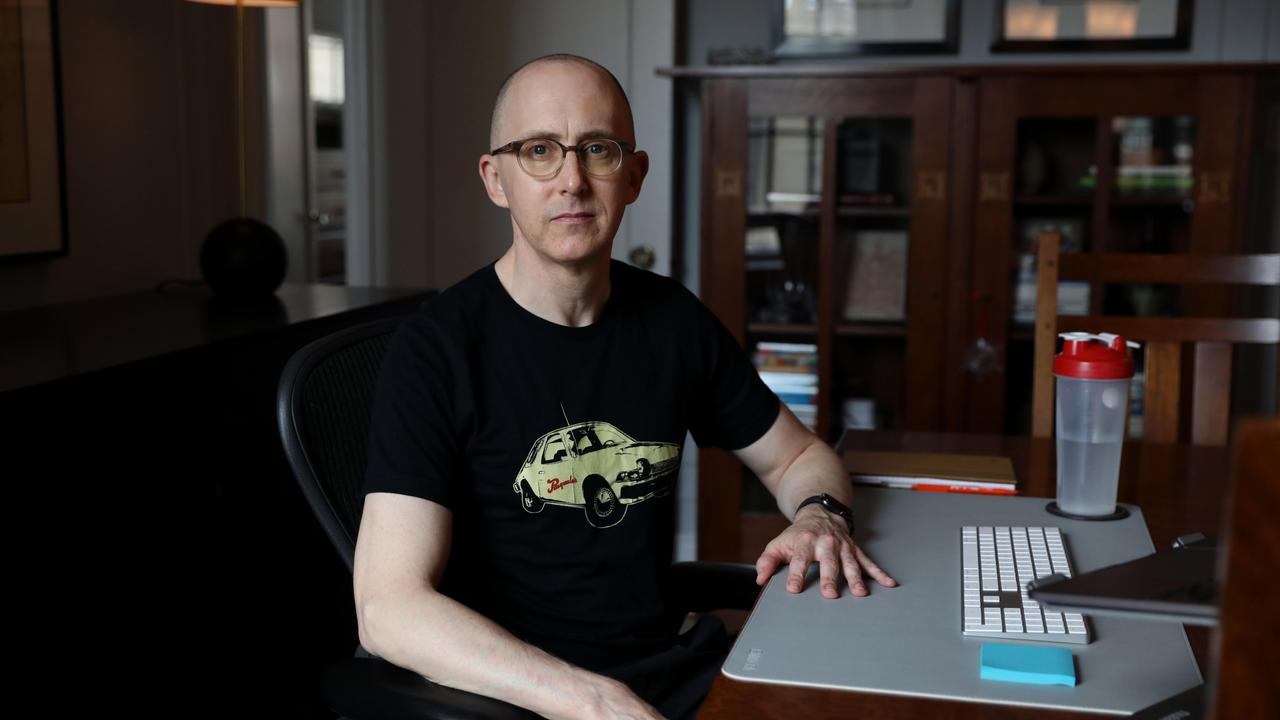Court approves puberty blockers for child, 12, despite father not being consulted
A Victorian court has granted permission for a 12-year-old child to be prescribed treatment to block the onset of puberty, despite a hospital raising concerns that the father had not been consulted.

A Victorian court has granted permission for a 12-year-old child to be prescribed treatment to block the onset of puberty, despite a hospital raising concerns that the father had not been consulted, and pointing to “ongoing uncertainty” about approvals for the treatment of children with gender dysphoria.
Judge Melinda Richards last week ruled that the mother’s consent alone is enough to allow the hospital to prescribe puberty blockers to the biologically male child, who first presented as a girl aged seven when she told her mother she was “no longer her son, she was her daughter”.
The court heard that the father had not had contact with the child since she was a baby, and had not been given the opportunity to provide his views on the administration of treatment.
“The question at the heart of the hospital’s application is whether (the mother’s) consent to stage 1 treatment for her daughter is proper consent, in circumstances where (the child’s) father is absent and his views are not known,” the judgment reads.
“For the reasons that follow, I have concluded that it is.”
The child has chosen to go by a feminine name, presents as a girl, wears girls’ clothing and shows a preference for female colours. At the age of eight, the child attended the Melbourne Royal Children’s Hospital and was diagnosed with “gender incongruence of adolescence and gender dysphoria in adolescents”.
The child’s mother is supportive of the child taking puberty blockers, but the hospital raised concerns with the Victorian Supreme Court over whether they could do so without the father’s consent.
“Its hesitation is due to ongoing uncertainty about the appropriate approval or authorisation for treatment for gender dysphoria,” Judge Richards’s judgment reads.
The court heard the father had not been involved in the child’s life since she was one year old. Around that time, the mother took out a family violence intervention order against the father for a one-year period. T
here were no breaches of the order, and so it was not renewed beyond that period.
Shortly after that, the father commenced legal action to enable him to have contact with his child. The father’s legal action was not pursued to its conclusion.

The case comes as the Family Court continues to grapple with the complexities of gender identity, especially in the context of children, medication and surgery.
The Australian has been following a complex matter in the Federal Circuit and Family Court in which the parents differ on whether their eldest child should be prescribed with cross-sex hormones.
In a separate matter, a judge determined a father’s refusal to conform with traditional gender norms left his three children “confused” and encouraged them to “question their gender identity” after they all began identifying as non-binary, ruling the two youngest children would not be permitted to see their father for an extended period.
In another case, the mother of a 13-year-old with gender dysphoria abruptly withdrew an application seeking a Family Court order to allow the child to take puberty blockers after trying to have the independent children’s lawyer assigned to the matter thrown off the case.
All Family Court judges were last year presented with a legal paper from a top barrister arguing the court must reassess how scientific advancements should apply to the family law system.
The Victorian Supreme Court heard the child was “distressed” at the prospect of her voice breaking, of her Adam’s apple developing, and of facial hair and increased body hair.
“Recently, her level of distress has been so high that it has affected her functioning at home and at school, and last year she began to report suicidal thoughts,” Judge Richards’s judgment reads.
The child’s treating clinicians “strongly recommend” that she take puberty blockers in the form of gonadotrophin-releasing hormone analogues.
“This treatment halts the progression of the physical changes that come with puberty, but is reversible and may be stopped at anytime,” the judge said. “The clinicians say undertaking stage 1 treatment will provide (the child) with both immediate psychological relief and additional time to explore her gender identity before making decisions about the use of other ‘stage 2’ hormonal treatments, such as oestrogen.”
Judge Richards said there was an “element of urgency” because the child was in “the early stages of puberty”.
The judge said the mother was exercising “love and care” for the child, and acting in her best interests.





